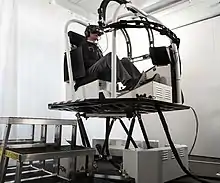The Human–computer interaction portal

Human–computer interaction (HCI) is research in the design and the use of computer technology, which focuses on the interfaces between people (users) and computers. HCI researchers observe the ways humans interact with computers and design technologies that allow humans to interact with computers in novel ways. A device that allows interaction between human being and a computer is known as a "Human-computer Interface (HCI)".
As a field of research, human–computer interaction is situated at the intersection of computer science, behavioral sciences, design, media studies, and several other fields of study. The term was popularized by Stuart K. Card, Allen Newell, and Thomas P. Moran in their 1983 book, The Psychology of Human–Computer Interaction. The first known use was in 1975 by Carlisle. The term is intended to convey that, unlike other tools with specific and limited uses, computers have many uses which often involve an open-ended dialogue between the user and the computer. The notion of dialogue likens human–computer interaction to human-to-human interaction: an analogy that is crucial to theoretical considerations in the field. (Full article...)
Selected article -
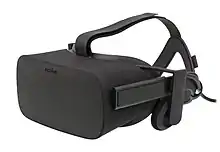
A virtual reality headset (or VR headset) is a head-mounted device that provides virtual reality for the wearer. VR headsets are widely used with VR video games but they are also used in other applications, including simulators and trainers. VR headsets typically include a stereoscopic display (providing separate images for each eye), stereo sound, and sensors like accelerometers and gyroscopes for tracking the pose of the user's head to match the orientation of the virtual camera with the user's eye positions in the real world.
Some VR headsets also have eye-tracking sensors and gaming controllers. The VR glasses use a technology called head-tracking, which changes the field of vision as a person turns their head. The technology may not be perfect, as there is latency if the head moves too fast. Still, it does offer an immersive experience. (Full article...)WikiProject
Need help?
Do you have a question about Human–computer interaction that you can't find the answer to?
Consider asking it at the Wikipedia reference desk.
General images
Related portals
Subcategories
Subtopics
- Usability
- Design
- User Experience
- Technology
- Psychology
- Concepts and Theory
Associated Wikimedia
The following Wikimedia Foundation sister projects provide more on this subject:
-
 Commons
Commons
Free media repository -
 Wikibooks
Wikibooks
Free textbooks and manuals -
 Wikidata
Wikidata
Free knowledge base -
 Wikinews
Wikinews
Free-content news -
 Wikiquote
Wikiquote
Collection of quotations -
 Wikisource
Wikisource
Free-content library -
 Wikiversity
Wikiversity
Free learning tools -
 Wiktionary
Wiktionary
Dictionary and thesaurus
-
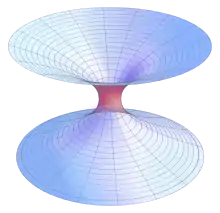 List of all portals
List of all portals -

-

-

-

-

-

-

-

-

-
 Random portal
Random portal -
 WikiProject Portals
WikiProject Portals

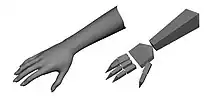

.jpg.webp)
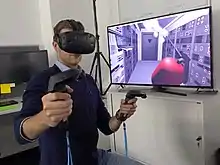

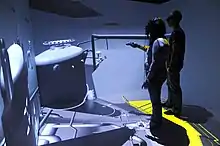

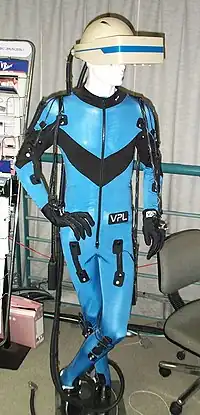
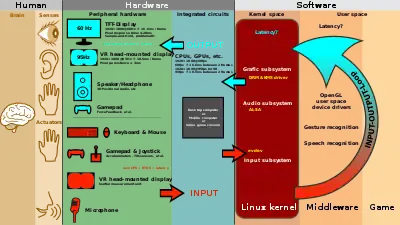
.jpg.webp)

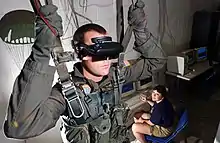

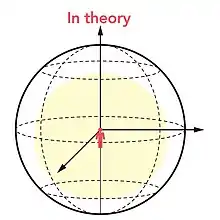

.jpg.webp)
.jpg.webp)

.jpg.webp)

